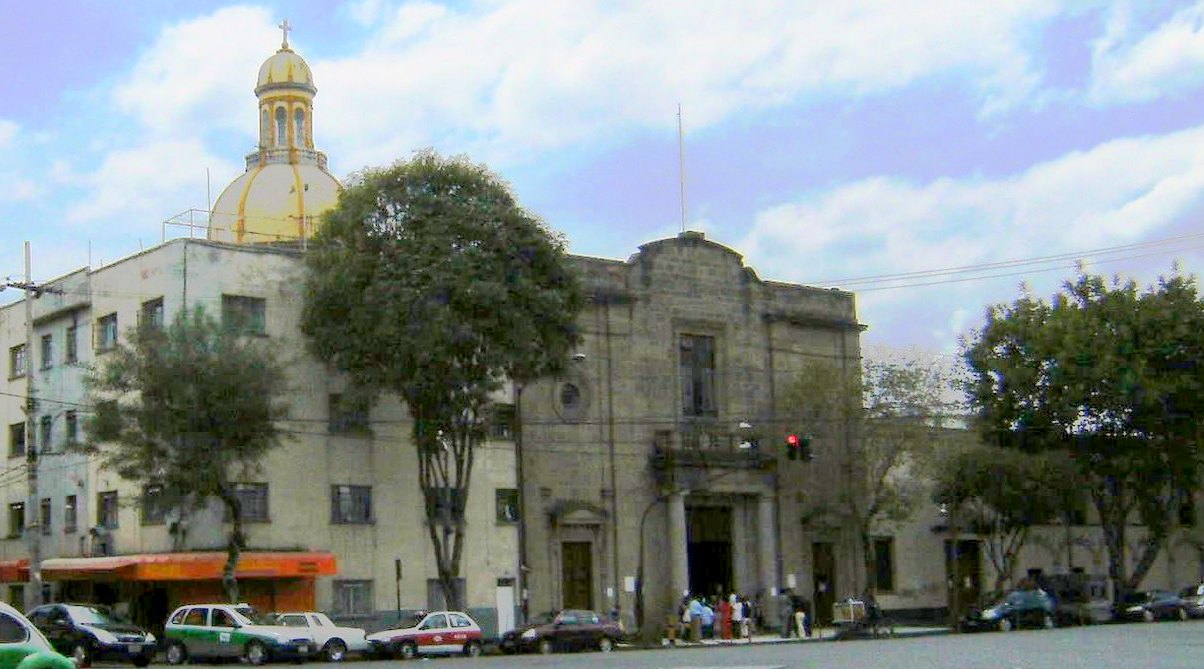
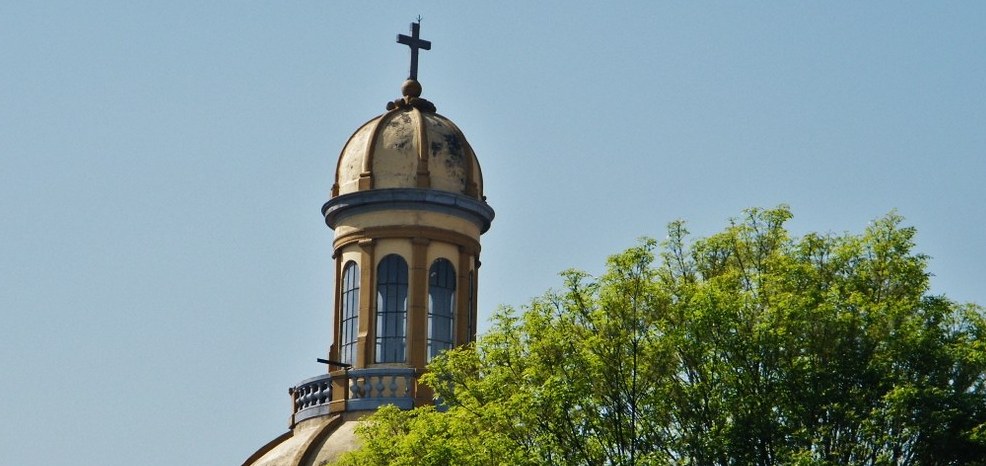
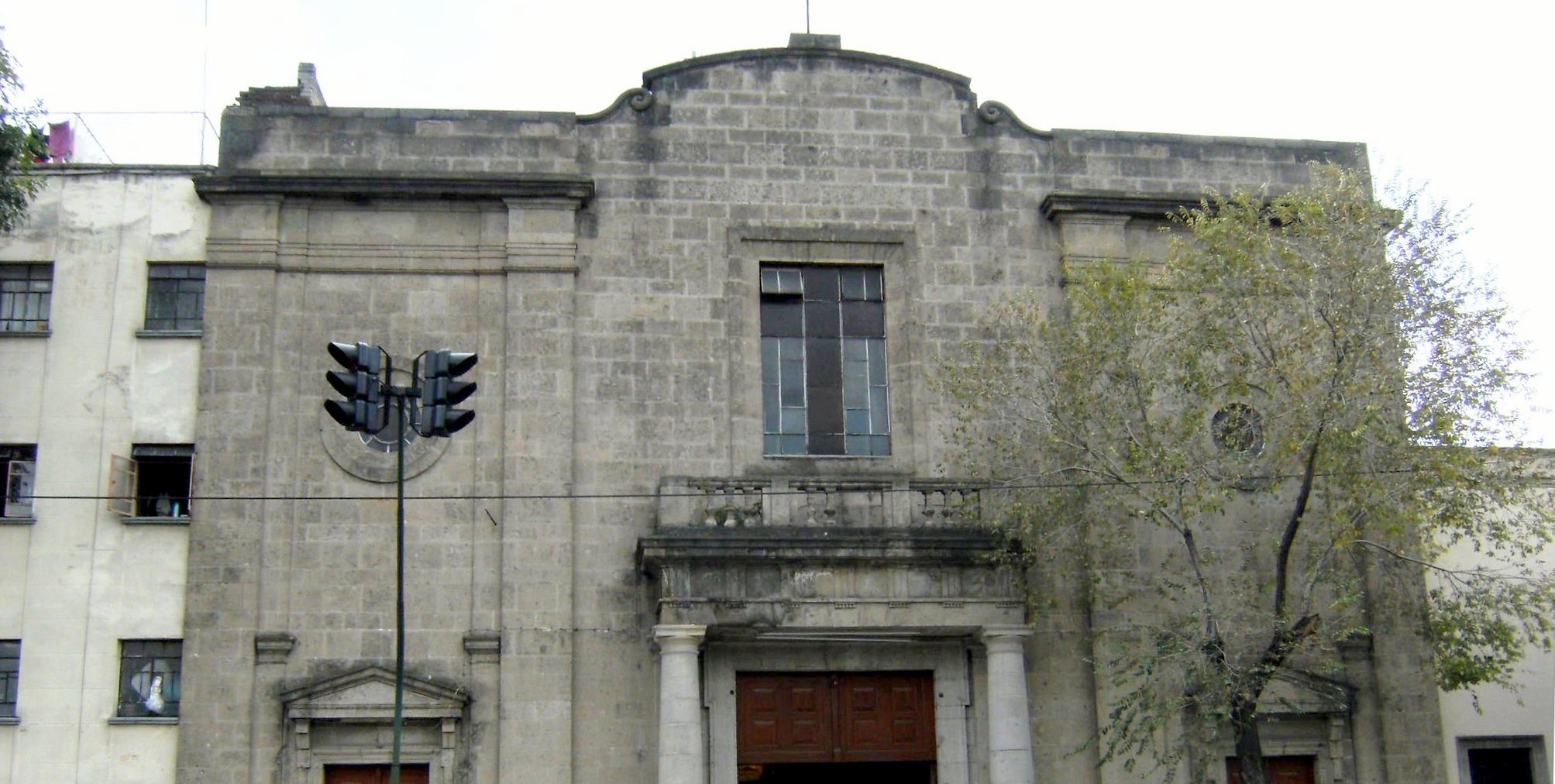
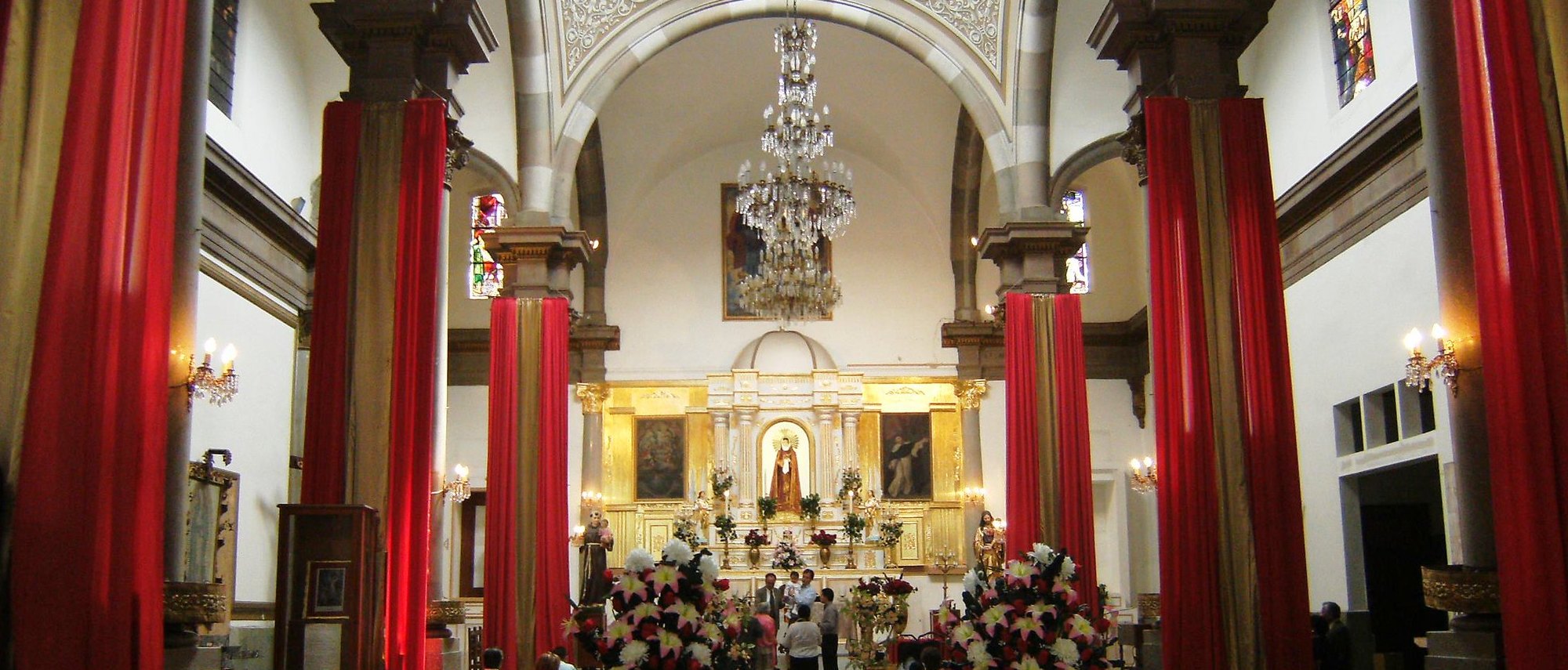

Photos: Catedrales e Iglesias/Cathedrals and Churches, Attribution 2.0 Generic (CC BY 2.0)
Nuestra Señora de los Dolores del Campo Florido is one of the most beautifully named churches in the City. The church actually dates from the late 18th century. It was damaged in an earthquake in 1820, and reopened in 1822. The Emperor Agustín de Iturbide was invited to this re-opening.
Our Lady of Sorrows of the Flowery Field was almost entirely destroyed by cannon-fire during the “Ten Tragic Days” of 1913. These led to the assassinations of President Madero and Vice-President Pino-Suarez. The calamity to the church is well-documented in the Salvador Toscano film Memorias de un Mexicano. (It can be viewed on YouTube, here.) It’s a very good guide to the years of the Mexican Revolution.
Having lain in ruins some 20 years, it was re-opened in 1934. Today, it’s most famous for the 13 stained-glass windows depicting the stations of the cross. These were made in Germany by one R. P. Zeferino Maldonado Bojoges.
As if the 1913 fighting was not enough, the temple was again severely damaged by the earthquakes of September 19 and 20, 1985. A priest named Fray Andrés Rosas de la Vega kept the Señora de los Dolores church open. It was painstakingly restored again, including a much-loved main altarpiece.
Almost facing one of the grand octagonal intersections for which the Doctores neighborhood is well-known, the church is also testimony to just how old this part of the city is. It’s a point worth remembering.
 campofloridodoloresjustojuez@gmail.com
campofloridodoloresjustojuez@gmail.com
 55 4632 9266
55 4632 9266
 https://www.facebook.com/justojuezcampoflorido/
https://www.facebook.com/justojuezcampoflorido/
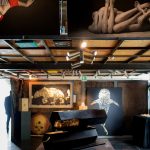
Nearest at 0.07 kms.

Nearest at 0.25 kms.

Nearest at 0.36 kms.
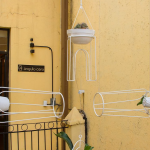
One of Mexico City's leading galleries for design, art, and furniture . . .
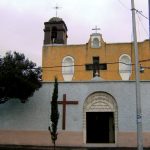
A tiny chapel recalls the long history of the Colonia Tránsito . . .

A little shopping center in the historic Colonia Transito . . .

A community collaborative center in the heart of Colonia Doctores . . .
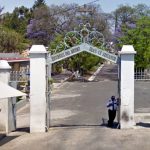
Mexico City's "most beautiful" cemetery along the Piedad River . . .